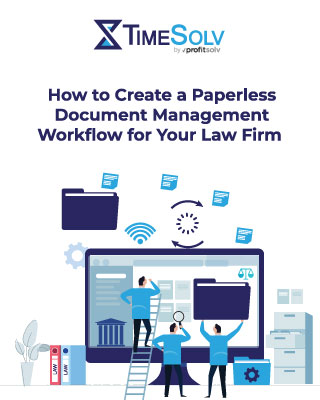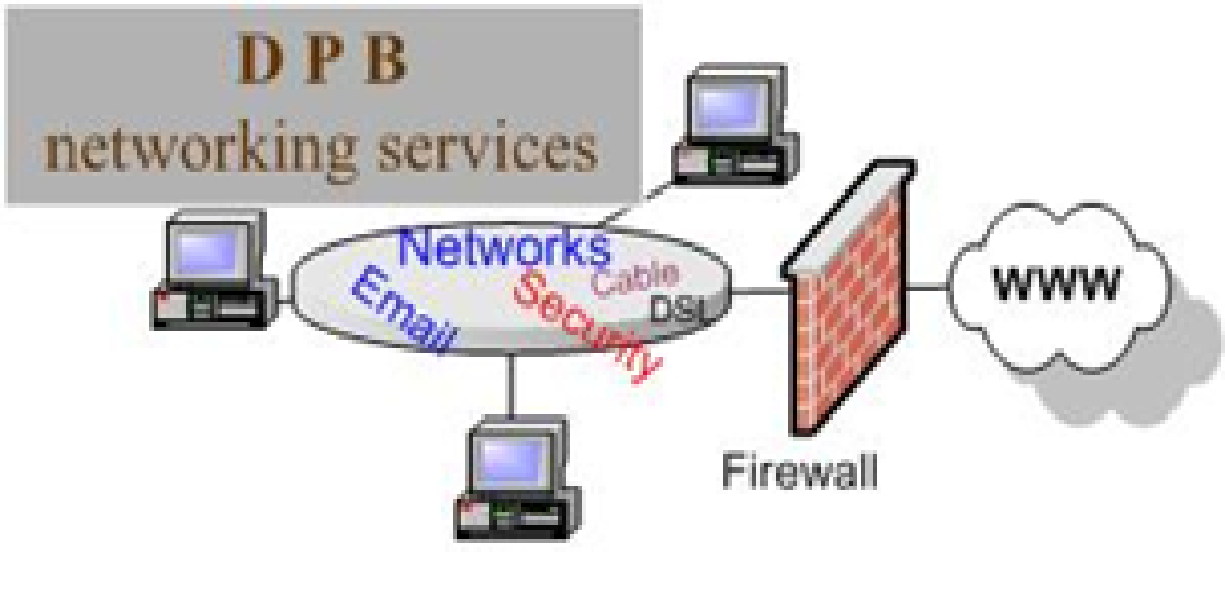Receiving an unexpected or confusing bill after a successful case can quickly diminish your client’s satisfaction with the outcome. Legal fees are often perceived as opaque, and errors or delays in billing can exacerbate this perception. To avoid leaving your clients blindsided and frustrated, create clear legal billing guidelines your team can easily implement.
What is legal billing, and what do its guidelines entail? These guidelines outline the steps involved in financial transactions between your clients and firm, helping clients understand how legal fees are calculated while ensuring your firm maintains accuracy in the process. More than just administrative tools, these guidelines are vital for building trust and aligning expectations, fostering a seamless working relationship.
Key Components of Effective Legal Billing Guidelines
To maintain transparency and trust, it’s crucial for law firms to establish clear legal billing guidelines. Here are essential elements to consider for well-structured billing policies:
1. The distinction between billable and non-billable activities
To ensure you and your client are on the same page, draw a clear line between billable and non-billable activities from the outset. Billable activities cover the core legal work, like research, document drafting, client meetings, and travel directly related to the case.
On the other hand, activities outside legal work, such as administrative tasks, marketing efforts, and internal training sessions typically fall under non-billable activities. Establishing these categories upfront prevents confusion and sets clear expectations for your client’s billing.
2. The scope of your services and rates
Outline the specific legal services, deliverables, and work products included in your engagement, and establish agreed-upon hourly rates for different staff levels, such as attorneys, paralegals, and legal assistants, based on seniority or expertise.
Also, make it a point to explain any rate tiers or firm policies regarding rate increases. Provide details on how expenses like photocopying, phone charges, legal research fees, travel, and meals will be billed, specifying whether these expenses are passed through at cost or marked up. Make the breakdown as comprehensive as you can to prevent misunderstandings.
3. Your time-tracking procedure
While you’re no stranger to dividing your billable hour into manageable segments, clearly defining your time-tracking methodology is vital. Use a legal billing chart to standardize increments, typically broken into six-minute intervals (0.1 hour). This consistency ensures accurate and fair billing, enhancing client trust.
Moreover, document your process for recording and reporting time spent on various tasks. Detail how different activities are logged and ensure your legal billing increments align with industry standards. This level of transparency not only helps clients understand their invoices but also aids in internal audits and performance reviews.
Sample Time-Tracking Entry
Task: Client meeting
Duration: 0.5 hours (5 increments of 6 minutes)
Description: Discussed case strategy and next steps
By adhering to a structured time-tracking protocol, you provide clients with clear, itemized statements that justify the time invested in their matters. This clarity in billing practices can significantly reduce disputes and foster a more trusting attorney-client relationship.
4. Your invoicing and payment terms
Specify the frequency of invoicing—whether monthly, bi-monthly, or weekly—from the start. This helps clients anticipate their financial obligations to your firm. You should also state your payment terms and due dates. Should invoices be settled within 15 or 30 days of receipt? Does your firm offer online payment processing?
Address potential issues by outlining your firm’s policy on late fees and the process for handling overdue payments. If you impose additional fees as a penalty for late payments, inform your client right away.
FREE Legal Billing Terms Cheat Sheet
Legal billing terms can be confusing. Download our cheat sheet and get all the information you need!
5. The process for resolving billing disputes
Concerns about invoices are almost inevitable, so establish a clear internal escalation process to address client queries. Designate specific points of contact and outline steps for resolving disputes, including options for mediation or arbitration if necessary.
Best practices for implementing legal billing guidelines
Understanding the key components of legal billing guidelines is essential, but how can you ensure compliance and clear communication with your clients? Here are some tips to help you achieve this:
Standardize your billing guidelines across the team
By ensuring that every member follows the same procedures and standards laid out in your legal billing guidelines, you can streamline the processes and reduce discrepancies. Make sure your guidelines are centralized and easily accessible by the entire team. Provide training and support to guarantee everyone’s understanding and adherence to the standards you’ve set. Also, regularly review and update the guidelines to reflect industry changes or client feedback.
Align client expectations with your billing terms
If you want to win your client’s trust, it’s crucial to maintain transparency, especially when it comes to billing. Strengthen your client relationships by implementing accurate time tracking. This not only provides detailed breakdowns of your services but also underscores your firm’s accountability.
Consider using a digital solution tailored to your firm’s needs. If you require specific terms for invoicing and payments, choose a tool that enables you to create custom invoices with templates.
Leverage a time-tracking and billing solution
After formalizing your legal billing guidelines, simplify implementation with a top-rated time tracking and billing solution like TimeSolv. With TimeSolv, your firm can automate routine billing tasks, reduce administrative burdens, and improve overall operational efficiency.
TimeSolv also enables users to track billable hours accurately, helping lower non-billable hours, optimize realization rates, and provide you with critical data for making informed business decisions. With its transparent processes, TimeSolv also helps minimize billing disputes while bolstering your firm’s reputation for clear and reliable billing practices.
Streamline your legal billing with TimeSolv
Enhance your firm’s operational effectiveness and minimize errors by automating manual legal billing tasks with TimeSolv.
- Convenient Invoice Creation: Utilize TimeSolv’s secure invoicing software featuring flexible templates, electronic billing, fixed-fee options, and automatic tax calculations.
- Comprehensive Time Tracking: Monitor your workflow seamlessly with our time-tracking tool, designed for the way you work—anywhere, anytime, and on any device.
- Efficient Payment Processing: Accelerate your cash flow with TimeSolvPay, a built-in payment processing solution that allows you to quickly record and track payments from your clients.
How to Create a Paperless Document Management Workflow for Your Law Firm
To provide your clients with the best value possible, consider setting up paperless
document management workflows.
Don’t know where to start? Consider this your step-by-step map to creating a more efficient, eco-friendly law firm.
Download our free guide to create a paperless document management workflow for your law firm today!














